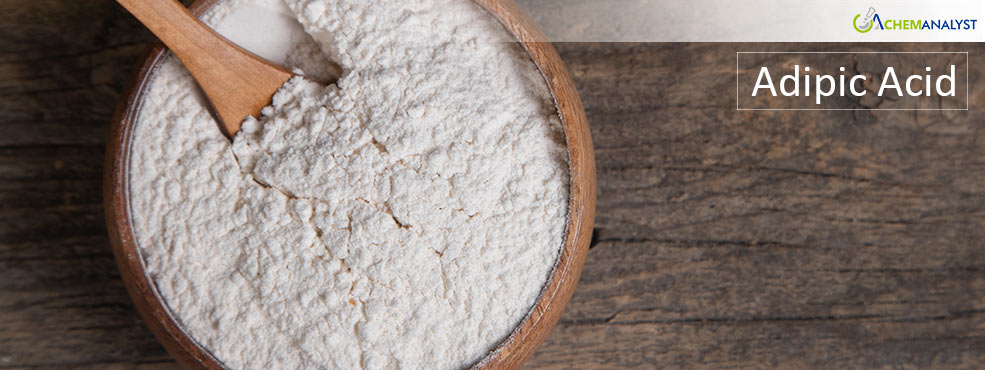Welcome To ChemAnalyst

The global Adipic Acid market saw a bearish trend in major markets—China, the United States, and Germany—primarily due to poor downstream demand, particularly from the automotive industry. While supply conditions were stable or more-than-sufficient in most areas, a shortage of demand-side momentum held back any meaningful price support. Regional trends deviated slightly, though all markets were generally marked by slow consumption and risk-averse procurement behaviour.
In China, Adipic Acid prices eased lower owing to ongoing oversupply and tepid demand. Despite producers running at lower rates, inventories continued high after the restart of previously shut-down plants post-holiday period. Soft raw material costs, especially benzene and cyclohexanone, further weakened cost side support.
On the demand side, the automobile industry continued to be weak, leading downstream manufacturers to reduce production and restrict Adipic Acid procurement. Demand for exports also fell short, with offshore Southeast Asian and European buyers still hesitant, compelling Chinese sellers to reduce prices to enhance competitiveness.
This fall in China reverberated in the US market, where Adipic Acid prices too fell amidst healthy supply and continuing demand weakness. Although new tariffs on Chinese imports at first implied possible supply disruption, advance stockpiling, and higher levels of Adipic Acid imports from Canada, Korea, and Southeast Asia maintained supply stability. Freight rates continued to be favourably priced, facilitating the volume of competitively priced material.
Nevertheless, falling auto sales and conservative OEM inventory management restrained procurement. Consumers took a cautious approach amidst market uncertainties, aggravating the gap between demand and supply, forcing prices to fall.
Germany's Adipic Acid market was no different, with firm prices indicating a balance of consistent supply and muted consumption. Domestic production stayed firm, supported by manageable feedstock costs and sufficient import tonnages. Although Hamburg port delays—thanks to MSC's terminal makeover and automation upgrades—caused slight logistics tension, output ran smoothly without interruption.
As in China and the US, automotive demand was tempered as manufacturers traded warily after April’s holidays. In addition, the flow of competitively priced Chinese-origin material discouraged aggressive purchases — reinforcing a mood of market caution and tempered trading activity for Adipic Acid.
In the near term, adipic acid prices will tend to stay under pressure in major regions unless there is a marked pick-up in demand. China's export-led adjustments and America's dependence on substitute suppliers can keep affecting world trade flows, while in Germany, high stock levels and muted downstream activity will maintain the subdued pricing for Adipic Acid.
Any pickup will depend on a recovery in automotive industry activity, which gives no signs of short-term revival at present. Market players should continue to pursue cautious acquisition policies, affirming the prevailing bearish sentiment in the short term.
We use cookies to deliver the best possible experience on our website. To learn more, visit our Privacy Policy. By continuing to use this site or by closing this box, you consent to our use of cookies. More info.
